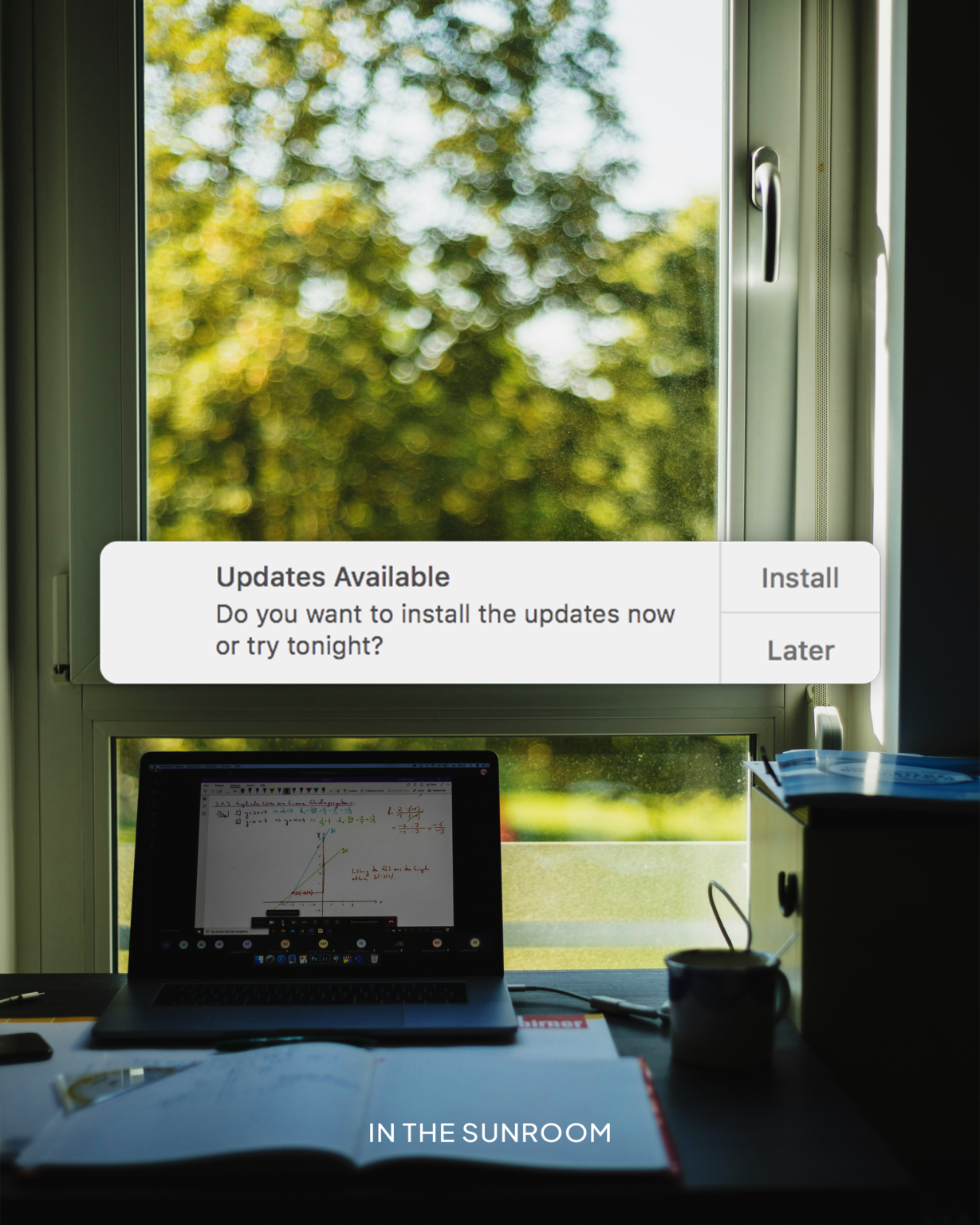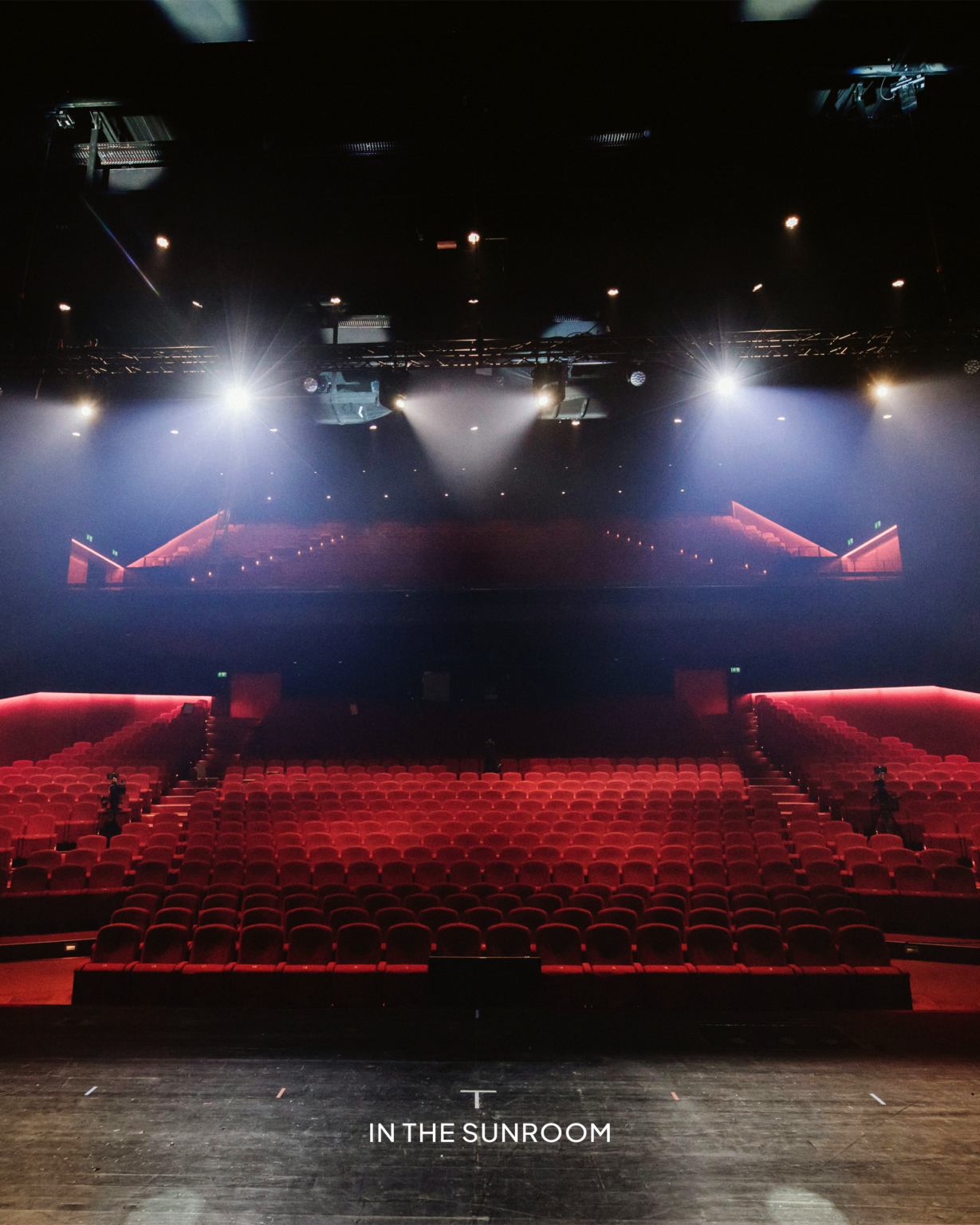There will be many moments in every business owner’s journey where decisions rack up—marketing strategies, product launches, partnerships, scaling operations—and it will feel like you’re drowning in options. I’ve been there myself. Overthinking every move, second-guessing every choice, and losing precious time. But with neuroscience-backed branding, I realized something game-changing: branding isn’t just for the perception of self and self by others; it’s a tool for making decisions faster and smarter.
Neuroscience-backed branding doesn’t just help your audience decide—whether to buy, follow, or engage—it helps you as a business leader streamline decisions by aligning them with your brand’s identity and purpose. Now, let’s get to how it can change the way you approach decision-making in your business too.
Table of Contents
The Problem: Decision Paralysis in Business
I’ve always been an overthinker—the designated planner at home, the natural strategizer at work, someone who likes to make pros and cons lists for every move. But this strength can become a weakness when we are unable to move past it. The more options I had, the harder it was to choose. And in today’s fast-paced world, time spent stuck in decision-making is time wasted. Tick tock, opportunity costs.
So here’s where neuroscience comes in. Understanding how we process information, filter options, and make decisions can transform how we approach branding and business day in and day out. Neuroscience-backed branding can become your best hack for business clarity.
How Neuroscience-Backed Branding Speeds Up Decisions
Clarity of Purpose Cuts Through Noise
The CEO of our brain, the prefrontal cortex, is responsible for decision-making and it craves clarity. Without a clear purpose or framework, it can get overwhelmed, leading to decision fatigue. Branding rooted in neuroscience starts by defining your purpose and values, creating a mental shortcut for decision-making. Putting it like that is almost primal.
When I worked on refining my brand, I made purpose my North Star. My brand’s mission—helping people connect their identity to their work—became the filter for every choice. Should I collaborate with this partner for a podcast? Should I change my offers? If it aligned with my purpose, the answer was yes. If not, it was a quick no. When we are clear, we’d save countless hours of contemplation.
Define your brand’s core purpose and values. Use your North Star as a decision-making compass to cut through the noise and focus on what truly matters especially when things go South.
Emotional Anchors Simplify Complex Choices
Fact: emotions play a central role in our decision-making. The limbic system, the emotional core of the brain, often fuels our choices before logic even kicks in. A strong brand creates emotional anchors—those feelings of trust, excitement, or belonging—that make decisions easier for both you and your audience.
Building a brand with emotional resonance simplifies tough decisions. For instance, when faced with a choice between two marketing strategies, I coach my client, “Which one feels most aligned with your brand’s emotional core?” That gut check, backed by aligning his brand with values like authenticity and growth, often leads to the right choice.
Build emotional anchors into your brand through storytelling, tone, and visuals. These anchors act as shortcuts for decision-making for both you and your audience.
Cognitive Consistency Reduces Resistance
The brain loves patterns and consistency. When your brand is cohesive—your messaging, visuals, and actions all align—it creates a sense of familiarity, and that builds trust. Neuroscience calls this “cognitive consistency,” and it reduces decision resistance because people already know what to expect.
When my branding was off-course, decisions felt harder because every choice had to be evaluated from scratch. However, once I went back to my North Star, decisions became more automatic. I became in-tune with my brand archetype again. Should this marketing copy be championed by innovation or independence? Consistency in my brand made the answer clear.
Build a cohesive brand identity to establish cognitive consistency. It creates a framework that simplifies choices and reduces decision fatigue. No more second-guessing or not knowing what to say.
Neuroscience-Backed Messaging Gets Faster Yeses
Neuroscience has shown that our brains are wired to respond to specific triggers—like urgency, social proof, and clear calls to action. A brand that leverages these triggers not only makes it easier for customers to say yes but also helps business leaders make decisions that are more likely to resonate.
For example, when I was deciding between two product launch strategies, I chose the one that leveraged freedom and intuition. It wasn’t just about marketing my new offer; it was about aligning my decision with my brand.
Use neuroscience-backed triggers to evaluate your choices. Whether it’s about messaging, timing, or presentation, align your decisions with how our brains naturally respond best.
Trust-Building Creates Confidence in Delegation
One of the biggest lessons I’ve learned is that building a brand isn’t a solo endeavor—it’s a team effort. But delegating decisions can feel risky if your brand isn’t clearly defined. A team member or a vendor will have one too many questions and you’ll feel overwhelmed again, leading you to stagnate. Neuroscience-backed branding builds trust by creating a strong, recognizable identity that your team can rally around.
Once I firmed up my brand’s identity, I found it easier to delegate. My team knew the brand’s values, tone, and vision, which meant they could make aligned decisions without constant oversight. Neuroscience shows that trust is built through predictability and shared understanding, both of which a strong brand provides. This also means that you get to free up even more time vs having more check-ins than necessary with your team.
Create a brand playbook that aligns your team around your identity. Include everything from the audience’s demographics and psychographics, brand colors, brand story, brand voice, brand tone, brand positioning, etc. that empowers the team to make decisions confidently, saving you time and energy.
“Building a brand isn’t a solo endeavor—it’s a team effort. Create a brand playbook that aligns your team around your identity.”
Real-World Applications: From Boardrooms to Brainstorms
I’ve seen the principles of neuroscience-backed branding collapse decision-making time in everything from daily tasks to high-stakes decisions for my clients:
- In Sales:
- By aligning your messaging with cognitive biases like reciprocity and authority, you make it easier for customers to decide.
- In Marketing:
- Neuroscience-backed tactics like emotional storytelling and visual consistency streamline campaign choices.
- In Operations:
- A brand that acts as a strategic compass helps prioritize projects and allocate resources efficiently. It’s the brand OS that everyone will have built-in.
These applications don’t just save time—they build brand confidence. When your decisions are backed by science and aligned with your brand, you can move forward with clarity and conviction.
Why Neuroscience-Backed Branding Matters
Neuroscience-backed branding isn’t just about selling more or looking good—it’s about creating a system that supports smarter, faster decisions. For me, it’s been a way to eliminate guesswork, reduce overthinking, and focus on what truly matters.
If you’re feeling stuck in decision paralysis, take a step back and look at your brand. Is it clear? Is it consistent? Does it reflect your values and purpose? By aligning your branding with neuroscience principles, you’re not just building a stronger brand—you’re building a better framework for every decision you make.
In a world where time is your most valuable resource, collapsing decision-making time isn’t just a luxury—it’s a necessity. So little time, so much to accomplish. And neuroscience-backed branding is one of the most powerful tools to help you do more.










